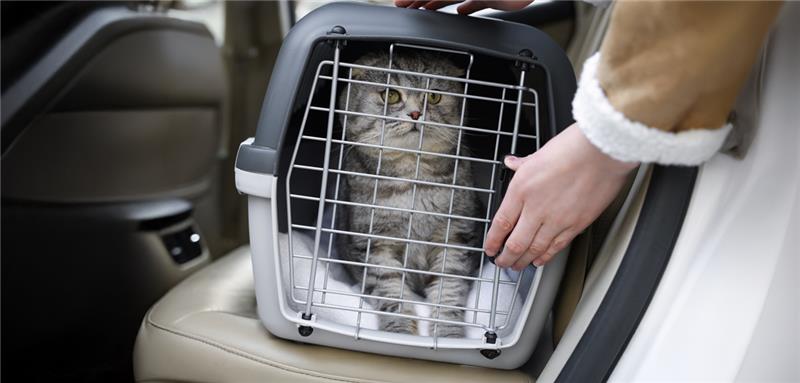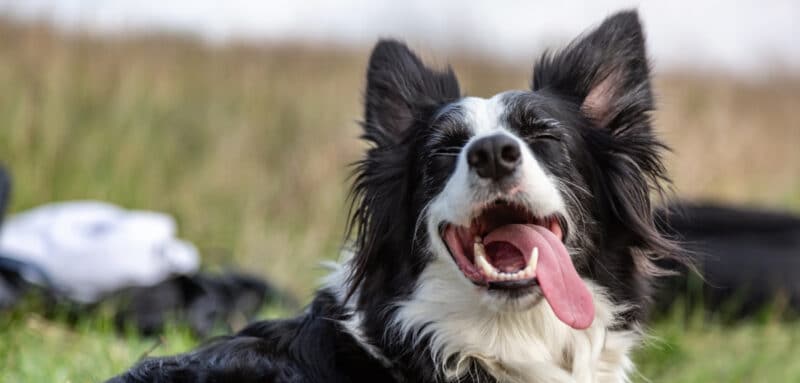At a veterinary facility, the work of animal health technicians (AHTs) is essential. These professionals, often referred to as “nurses for animals”, form a close team with veterinarians. But what role do AHTs really play in the health of your companions?
Most AHTs are women.
A typical day
Surgical admissions, updating medical records, preparing equipment and supplies, reassuring pet owners, and comfortably settling patients: this is often how AHTs begin their day. Then it’s the veterinarian’s turn to step “on stage.”
Throughout the day, they take part in patient care and assist the veterinarian with many other tasks, much like a nurse on a human healthcare team. Blood draws, lab analyses, medication preparation, surgical assistance, anesthetic monitoring of little furry patients… their days are full!
In the evening, while veterinarians finish charts and return calls, AHTs also wrap up their files, prepare everything needed for the next day, and continue administering care and treatments to hospitalized patients.
What to know about the AHT profession
The AHT diploma is a Diplôme d’études collégiales (DEC), earned after a 3-year program. The program is offered at the following institutions:
- Collège Lionel-Groulx (St-Thérèse)
- Vanier College (St-Laurent)
- Cégep de La Pocatière
- Cégep de Saint-Hyacinthe
- Cégep de Sherbrooke
- Cégep de St-Félicien
- Cégep Beauce-Appalaches (St-Georges)
- Collège Laflèche (Trois-Rivières)
AHTs are trained to work with companion animals, farm animals, and laboratory animals. They also study animal nutrition, behavior, and grooming. They’re trained to assist professionals in surgical care (anesthesia, monitoring, sterilization), as well as to perform blood and urine sampling and laboratory testing.
AHTs are trained in cardiac resuscitation. Working alongside veterinarians, they can make a real difference in the success of such procedures.
Job prospects for AHTs are excellent: 90% of students find full-time employment immediately after graduation. Some go on to university studies in related fields such as biology or agronomy, or pursue veterinary medicine.
At the end of their third year, AHTs must complete a 5-week full-time internship in a veterinary facility, as well as one or two additional internships (depending on the college and their interests) in research labs, equine settings, exotic animal care, etc.
As a veterinarian, I am extremely proud to work every day alongside AHTs with such big hearts; skilled, dedicated women who place animal well-being at the center of everything they do. ❤️
Pour (ré)écouter ma chronique sur le sujet, au micro de Geneviève Pettersen, c’est ici :
Elle signe ce texte
Fondatrice du magazine web Flair & Cie, Dre Lucie Hénault est médecin vétérinaire et propriétaire avec 5 associées, de 6 établissements vétérinaires dans la grande région de Montréal. Dre Hénault est gestionnaire de l’Hôpital vétérinaire de Montréal, à Westmount.





